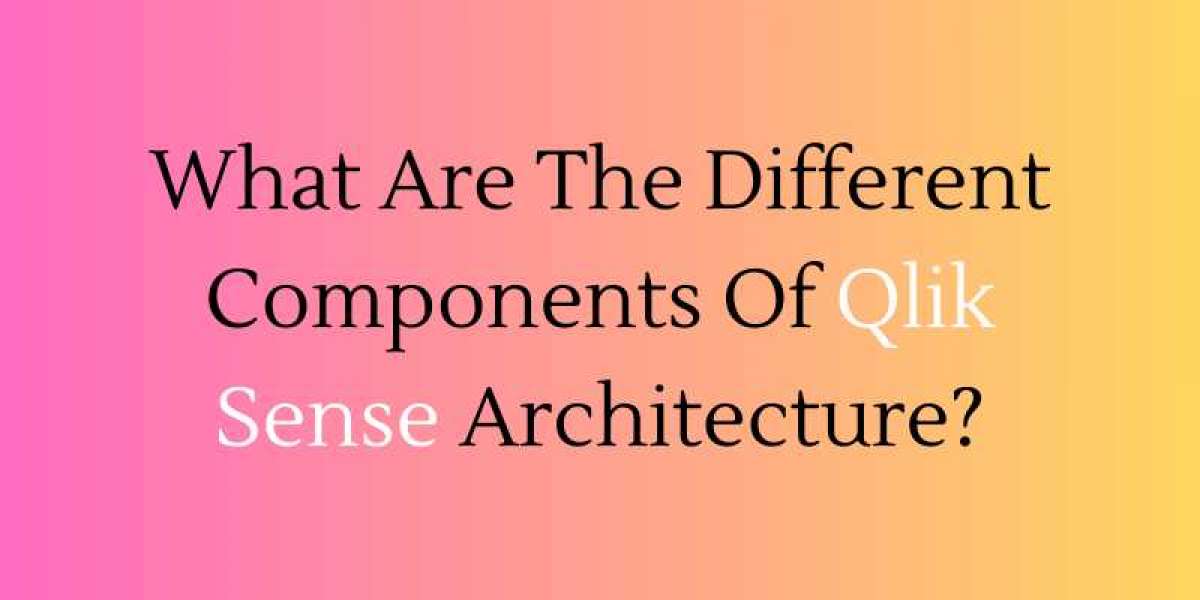What Are The Different Components Of Qlik Sense Architecture?
Before we get into the specifics of Qlik Sense architecture components, we must first understand two more components linked to the architectural components. Qlik Sense Hub and Qlik Sense Management Console are the two components. They are Qlik Sense Clients who communicate and interact with the sites.
1)Qlik sense clients
Qlik Sense Hub is a platform where users may do data operations and construct apps with the necessary visualisations. It is where users interact with the programme and create dashboards for business analysis. It has simple drag-and-drop capabilities, an associative data model, various visualisation options, etc. Viewing final dashboards is flexible since the screen and its contents are automatically altered based on the device's screen size, such as a laptop, desktop, tablet, or mobile. The hub was created using HTML5, CSS3, JavaScript, and other technologies. To know more about the Qlik Sense clients, join Qlik Sense Online Training.
The Qlik Sense Management Console allows the administrator to control all Qlik Sense processes centrally.
2)Qlik sense node
The nodes are physical or logical computers that provide one or more services. This gives a node certain roles. A node can play one of three roles depending on the services it delivers.
As a result, there are often two sorts of nodes: central nodes and rim nodes. Each node can play several functions, deploy various Qlik Sense services, and operate autonomously. A node can be used for production, development, or both simultaneously.
3)Qlik sense site
A Qlik Sense site is made up of nodes. It might have a single node or numerous node systems, which are also referred to as servers. Each node system has a single repository, database, and licence. A single-node deployment comprises only one central node with all of the essential services installed on it. It is synchronised with the data repository and file-sharing systems.
4)Qlik sense storage
Two storage components interact with other architectural components. The repository database is one, while the file share system is another. A repository database is a Postgre database that stores metadata. Furthermore, this data is known as entity data and is not vast.
The Qlik Sense application data, including dimensions, measurements, objects, and visualisations, is stored as binary files in a file share system and is made available to all nodes or servers in a site. As a result, Qlik Sense apps are stored as QVF files.
Conclusion:
I hope this article will let you know about the different components of Qlik sense architecture. To know more about the Qlik sense, join Qlik Sense Training In Chennai at FITA Academy. Thus the components of Qlik sense are the Qlik sense site, Qlik sense client, Qlik sense node and Qlik sense storage.




